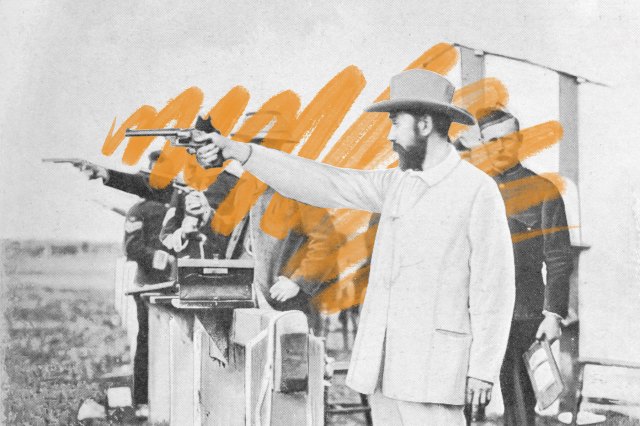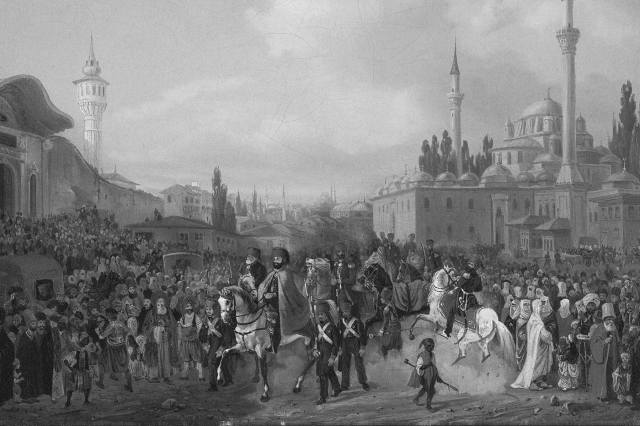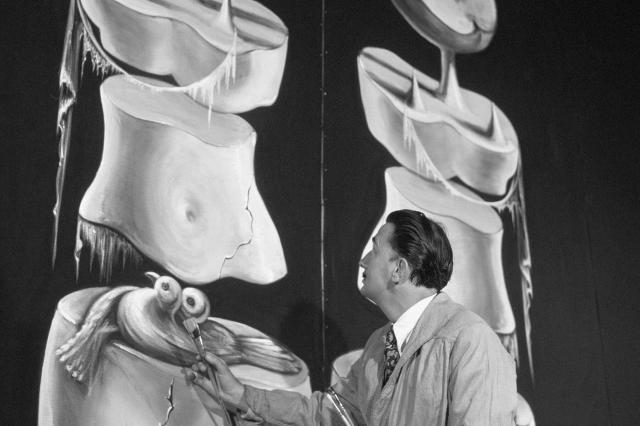 |
The Olympics used to have medals for painting and literature. |
Arts & Culture |
 |
| |
| In future Olympiads, the artistic events focused on even more niche disciplines. By the 1928 Amsterdam Games, architecture was subcategorized into design and town planning, while literature was divided into lyrical, dramatic, and epic works. After a hiatus during World War II, the arts returned as official Olympic events one final time at the 1948 London Games. It was there that 73-year-old John Copley won a silver medal for his engraving titled "Polo Players," becoming the oldest Olympic medalist in history. Unfortunately for these more right-brained Olympians, new IOC president Avery Brundage led a campaign to remove the creative events from the official Olympic program, relegating the arts to exhibition status by the 1952 Games. All 151 artistic Olympic medals that had been awarded between 1912 and 1948 were stricken from the official record books. | |
 | |
 | |||||||||
By the Numbers | |||||||||
| |||||||||
| |||||||||
 | |||||||||
| |||||||||
Winners received a silver medal at the first modern Olympics. | |||||||||
| Gold medals have become synonymous with victory, but the inaugural modern Olympics honored champions with silver. At the 1896 Athens Games, winners received a silver medal, an olive branch, and a diploma, while runners-up were awarded a medal made of bronze and copper. Those early medals depicted Zeus on their obverse side and the Acropolis on the back. It wasn't until the 1904 St. Louis Games that the medals broke down into gold, silver, and bronze as we know them today. However, referring to first-place medals as "gold" might be misleading even now: In terms of chemical composition, Olympic "gold" medals are actually 92.5% silver and contain only about 6 grams of gold. Second-place medals, however, are almost entirely silver, whereas bronze medals are composed of 95% copper and 5% zinc. | |||||||||
 | |||
Recommended Reading | |||
 | |||
| | |||
 | |||
| | |||
| + Load more | |||
| |||||||||
| 700 N Colorado Blvd, #513, Denver, CO 80206 | |||||||||
|





No comments:
Post a Comment